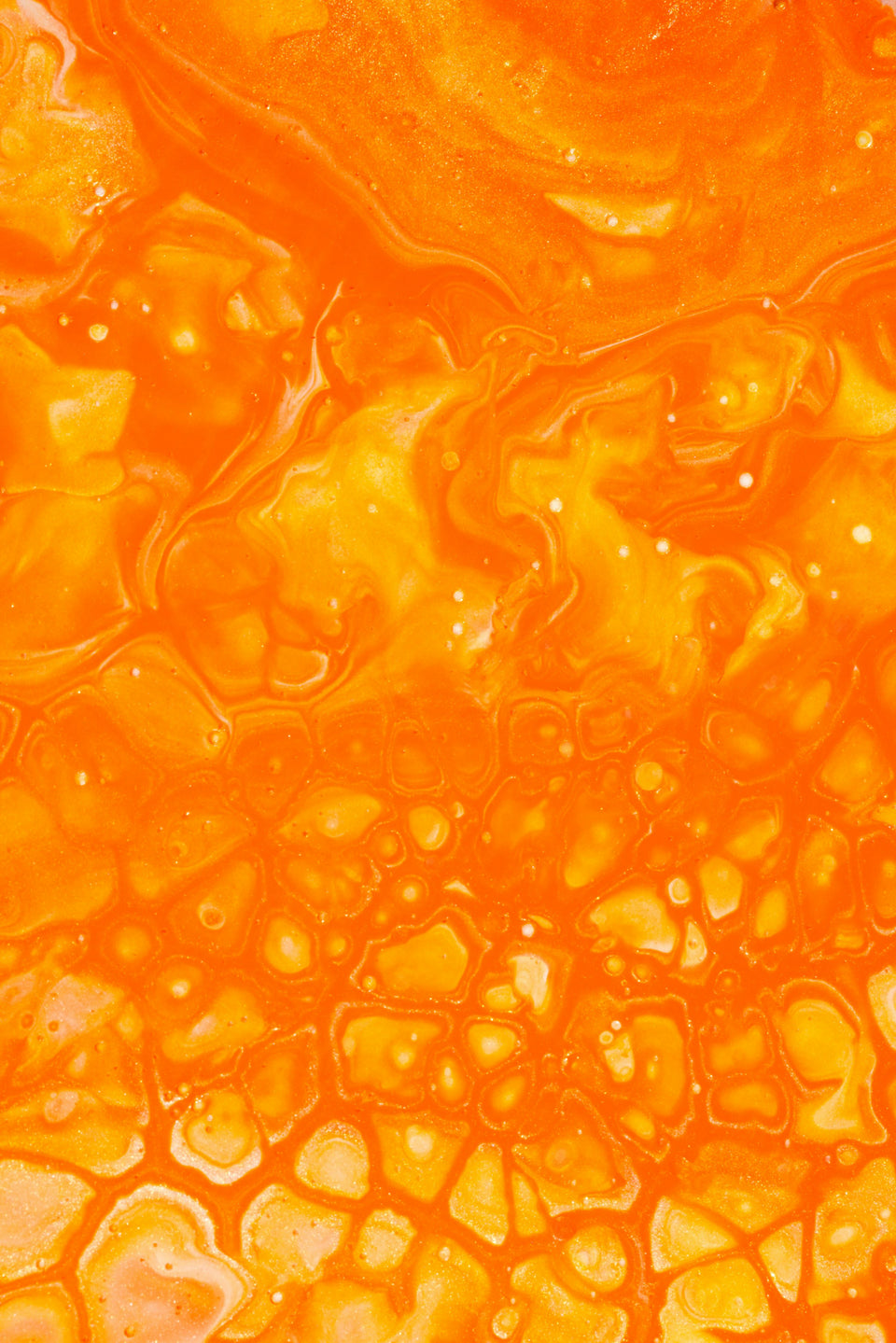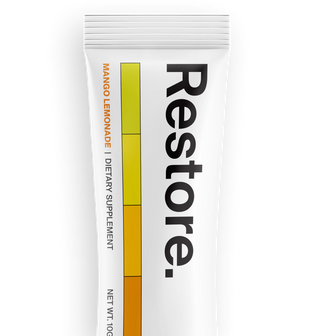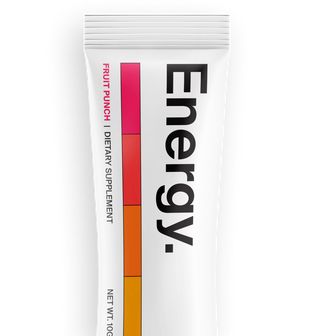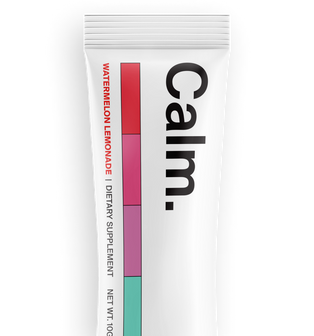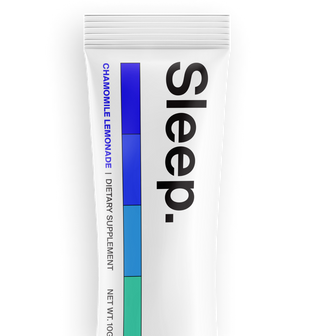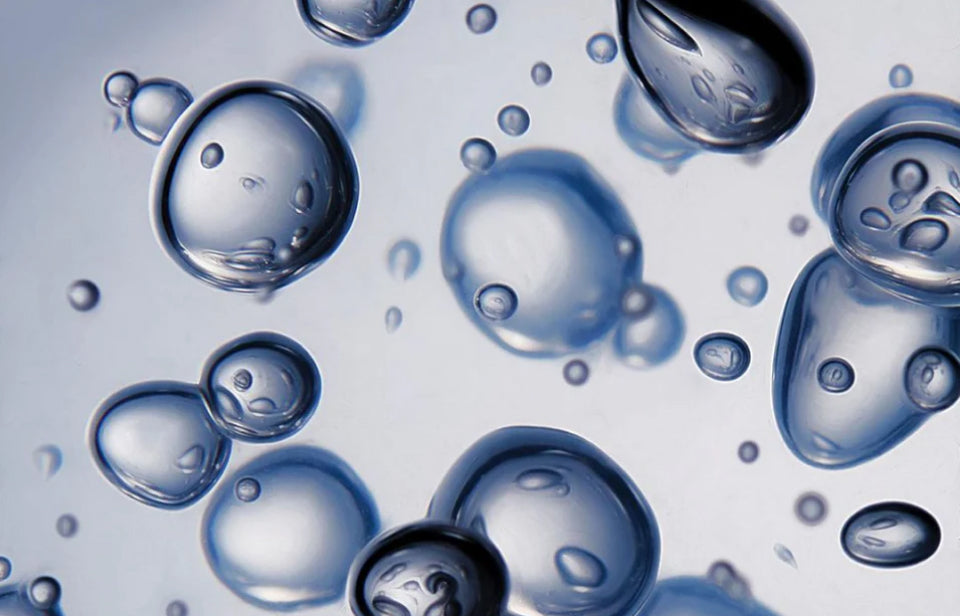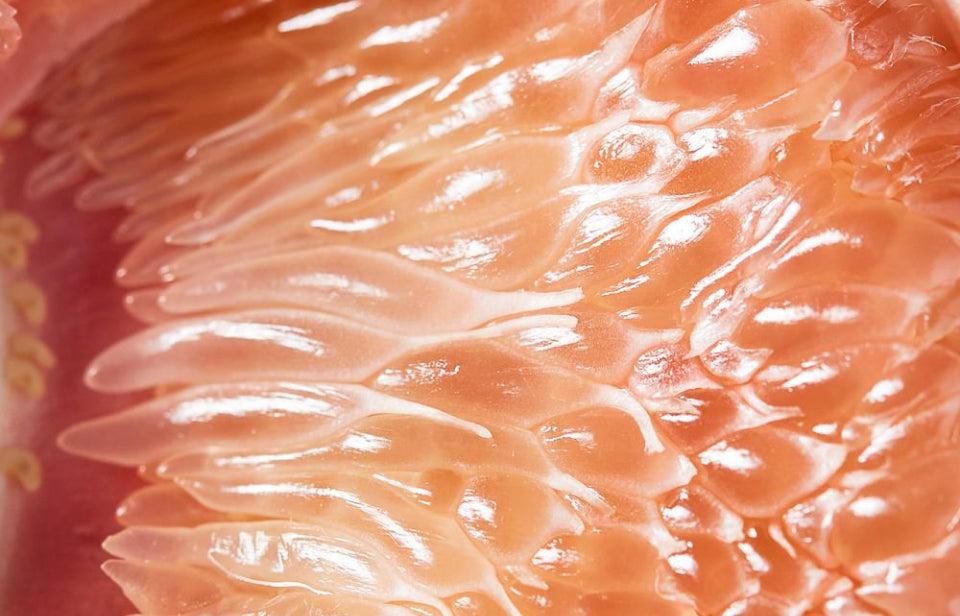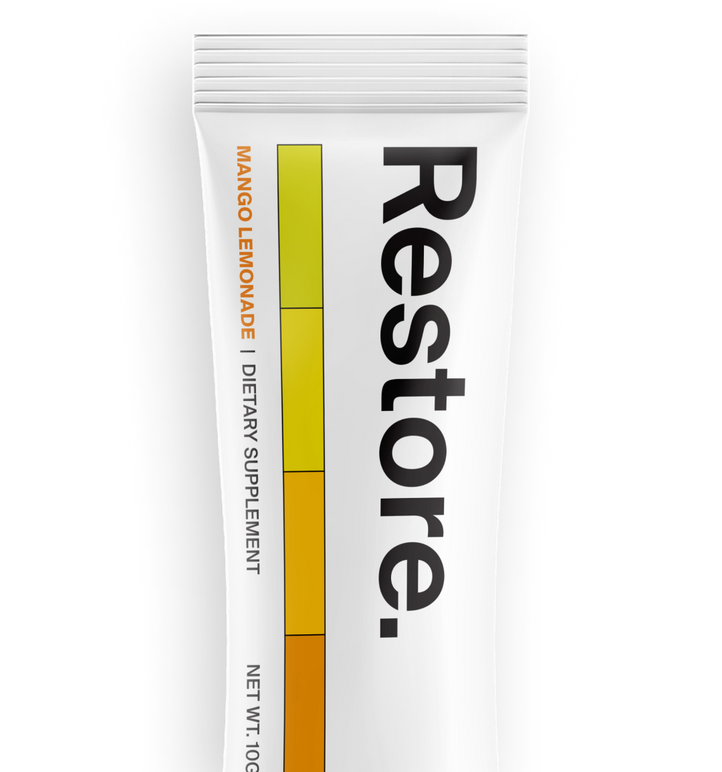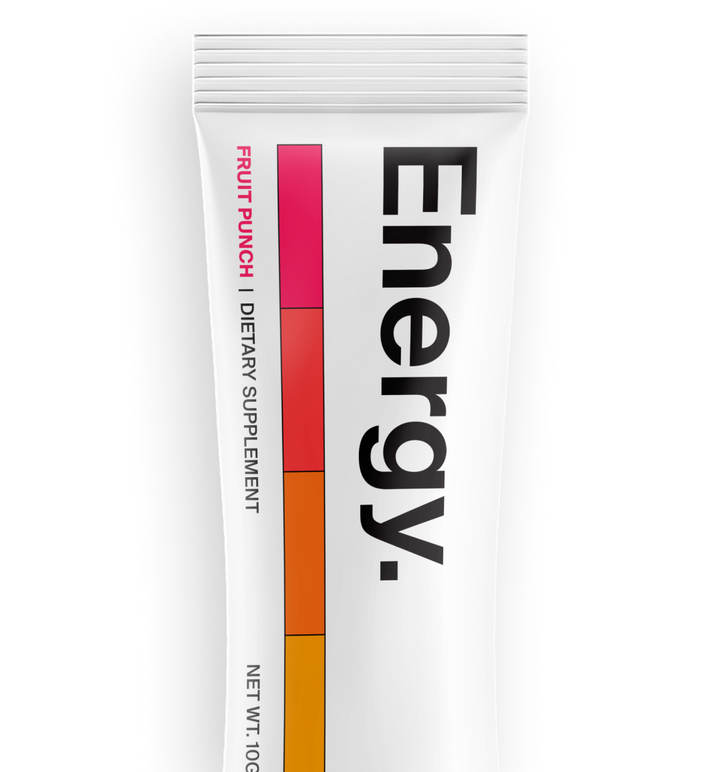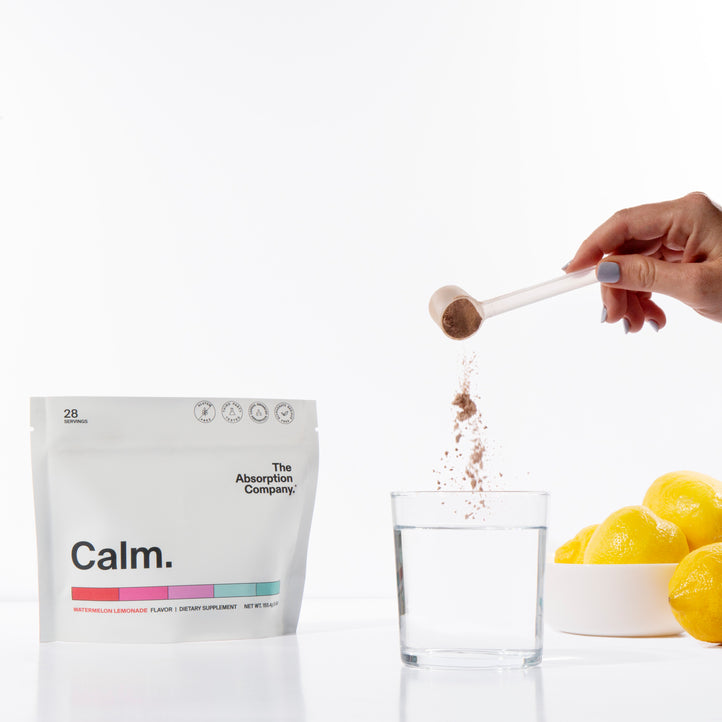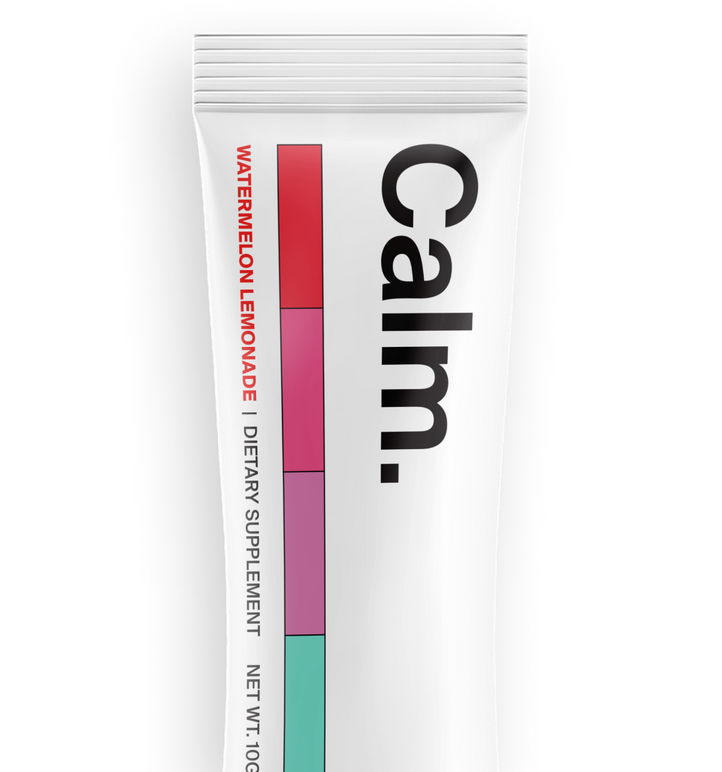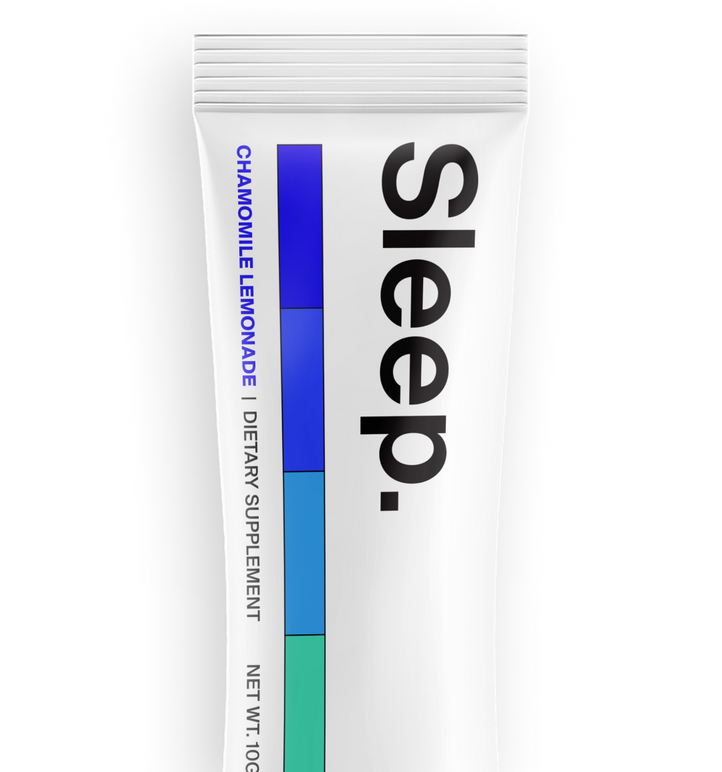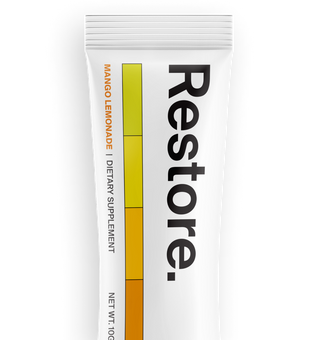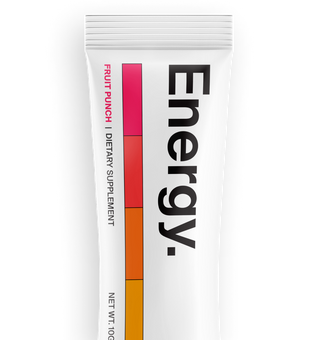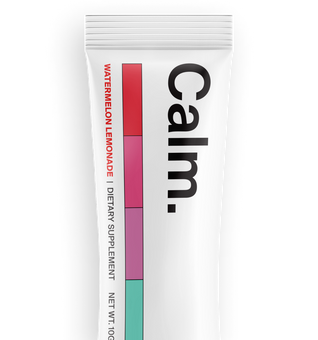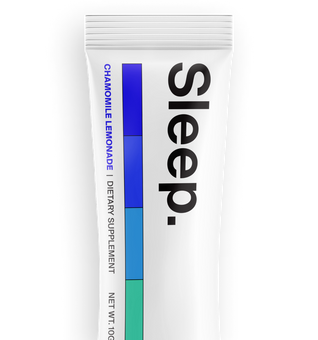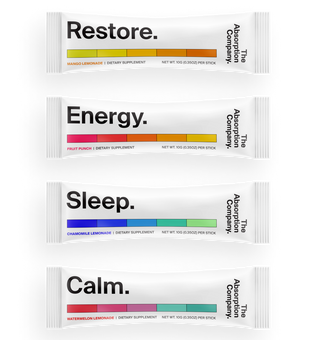Capsoil® Technology 101
Capsoil®: Pioneering Nanotechnology for Nutrient Delivery
What is the Capsoil® Technology featured in our blends? Capsoil® is a leading technology firm with a focus on the science of nanotechnology and quality of delivery systems. Their proprietary technology not only enhances bioavailability but revolutionizes how bioactives are incorporated into our daily lives. Through focusing on efficient and environmentally friendly systems, Capsoil®’s vision is to redefine the nutraceutical industry. Their technology stands out from other nanotechnology delivery systems by significantly enhancing bioavailability.
Transforming Bioactive Ingredients with Capsoil® Advanced Delivery System
Capsoil® employs cutting-edge nanotechnology solutions tailored for both water-soluble and fat-soluble bioactives. This ensures that an optimal delivery system is specifically leveraged when and where it’s needed:
Capsoil® Liposomes: Water-soluble bioactives like Vitamin C and Glutathione are already easy to dissolve into the watery environment of our GI tract. For these water-soluble bioactives, protecting them from the harsh pH changes and enzymes present during digestion is the top priority to enable them to withstand these stressors until they reach the small intestine for absorption1,2. To accomplish this, Capsoil® Liposomes leverage well-established benefits of liposomes to enhance bioavailability while also improving upon the physical characteristics of the liposome through their proprietary manufacturing process3-8. This process crafts robust liposomal structures that can be dried into a high-potency, water-soluble powder. This addresses a common challenge with traditional liposomes9 and results in an easy-to-use, dry powder that quickly dissolves in water, maintaining the efficacy of liposomal delivery.
Capsoil® Powders: Fat-soluble bioactives like Vitamin D or Coenzyme Q10 have the challenge with both their stability in the GI tract as well as their solubility in the aqueous environment of the GI tract. To tackle this, Capsoil developed a proprietary process that transforms fat-soluble bioactives into a high potency, self-emulsifying lipid nanoparticle. The self-emulsifying design enables the dry powder to form stable lipid nanoparticles when they’re added to water. All at the nanometric scale which increases the surface area, known to improve bioavailability3. This provides a powerful lipid nanoparticle delivery system to meet the unique challenges surrounding fat-soluble bioactives.

Why Size Matters for Absorption?
Capsoil® drives itself through their commitment to producing high potency, nanotechnology particles without compromising on any parameter. But what does nanotechnology mean? Nanotechnology is the science of creating applications and manufacturing items at the nanometric scale10. For absorption, this often means particle sizes between 1 – 1000 nanometers (nm)3. Putting this in perspective, a single strand of hair is 60,000 nm wide, and our DNA double helix has a 1nm radius10. For Capsoil, they have designed their proprietary process to ensure generation of nanometric sized particles (Figure 1). Particles of this size are known to improve bioavailability through a greater surface area that is available during absorption3 (Figure 2).

Figure 1 –Capsoil® Lipid Nanoparticle and Regular Emulsion Size Comparison

Figure 2 – Particle Size Impact on Surface Area
Capsoil® not only generates nanometric-sized particles but also achieves a higher concentration of bioactive ingredients in their powders compared to other market solutions, as shown in Figure 3. This level of loading concentration makes it easier and more convenient to incorporate the ingredients into our blends. This is all accomplished through solvent-free, chemical-free, and enzyme-free processes conducted at room temperature, which preserve the integrity of the bioactive ingredients and ensure a clean production process.

Proven Bioavailability Enhancements with Capsoil® Technology
But does it work? To answer this, Capsoil® performed several studies to measure bioavailability with their technology. Focusing primarily on fat-soluble bioactives, which are notoriously difficult for the body to absorb11, they conducted several studies to determine the bioavailability of Capsoil® Powders compared to traditional forms. These studies primarily used an in vitro digestion model, which simulates various digestive phases according to the INFOGEST protocol to replicate the human digestive tract in a controlled scientific method12. This enables the scientists at Capsoil® to measure how much of the ingredients will be available for absorption in the small intestine (aka bioaccessibility), ultimately to understand how effectively their lipid nanoparticles can support bioavailability.

The results showed that Capsoil® Powders significantly increased the bioavailability of various fat-soluble bioactives compared to traditional oil delivery methods (Figure 4). The in vitro digestion studies demonstrated that the self-emulsifying lipid nanoparticles effectively create nanometric droplets. Additionally, the Capsoil® Powders formed stable nanoparticle droplets without clumping or settling out during different phases of digestion, underscoring the effectiveness of their delivery systems in enhancing bioavailability of fat-soluble bioactives.

Figure 5 – Capsoil® in vivo improvements in Omega-3 Bioavailability
Further extending their research to pre-clinical in vivo studies, Capsoil® examined the effects of their technology on additional fat-soluble bioactive ingredients. The aim of these studies was to compare the differences between their Capsoil® Powder and traditional oil supplements in human volunteers. Their results were impressive: a 985% increase in Omega -3 bioavailability (Figure 5), a 90% increase in Vitamin D bioavailability (Figure 6) and a 125 – 215% increase in cannabinoid bioavailability (data not shown).

Combined, across all fat-soluble bioactives Capsoil® studied, their technology consistently demonstrated 90 – 985% increase in bioavailability. Validating their commitment and role in pioneering nanotechnology for nutrient delivery.
Improving Supplements: A Partnership for Enhanced Well-Being
At The Absorption Company, our mission is to empower everyone with effective solutions, while ensuring the supplements you use deliver the results you feel. In collaboration with Capsoil® nanotechnology, we are transforming the way both water-soluble and fat-soluble bioactives are absorbed by the body. Capsoil®’s highly bioavailable form of bioactive ingredients ensures they’ll be prime to deliver their maximum benefit in our blends. Together, we’re committed to changing the narrative around supplements by providing solutions that are not only safe and effective, but also optimized for superior absorption.
References
- Katata-Seru L. et al. (2019). Nanoformulated Delivery Systems of Essential Nutraceuticals and Their Applications. Nanoemulsions – Properties, Fabrications and Applications Chapter edited by Kai Seng Koh and Voon Loong Wong.
- Mukherjee S. et al. (2021). Nutraceutical delivery system. Food, Medical, and Environmental Applications of Polysaccharides Chapter edited by Pal K et al.
- Parthasarath S et al. (2016). The influence of droplet size on the stability, in vivo digestion, and oral bioavailability of vitamin E emulsions. Food Funct., 7, 2294.
- Viegas C. et al. (2022). An insight on lipid nanoparticles for therapeutic proteins delivery. Journal of Drug Delivery Science and Technology, 77, 103839.
- Dalek P et al. (2022). Bioavailability by design — Vitamin D3 liposomal delivery vehicles. Nanomedicine: Nanotechnology, Biology, and Medicine, 43: 102552.
- Davis, JL et al. (2016). Liposomal-encapsulated Ascorbic Acid: Influence on Vitamin C Bioavailability and Capacity to Protect Against Ischemia–Reperfusion Injury. Nutrition and Metabolic Insights, 9: 25 – 30.
- Ko J. et al. (2023). Pharmacokinetic Analyses of Liposomal and Non-Liposomal Multivitamin/Mineral Formulations. Nutrients, 15, 3073.
- Sinha R et al. (2018). Oral supplementation with liposomal glutathione elevates body stores of glutathione and markers of immune function. Eur J Clin Nutr, 72(1): 105–111.
- Seo et al. (2023). Recent Progress of Lipid Nanoparticles-Based Lipophilic Drug Delivery: Focus on Surface Modifications. Pharmaceutics, 15, 772.
- Bayda S et al. (2020). The History of Nanoscience and Nanotechnology: From Chemical-Physical Applications to Nanomedicine. Molecules, 25(1), 112.
- Kiela PR and Ghishan FK. (2016). Physiology of Intestinal Absorption and Secretion. Best Pract Res Clin Gastroenterol, 30(2): 145 – 159.
- Brodkorb A et al. (2019). INFOGEST static in vitro simulation of gastrointestinal food digestion. Nat. Protoc., 14, 991 – 1014.

